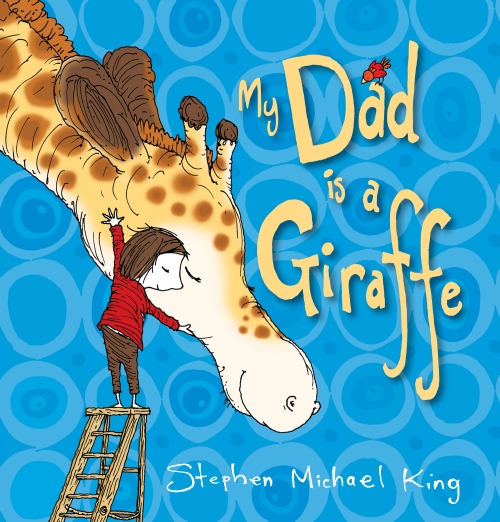 One day, Charlie found a hole.
One day, Charlie found a hole.
He couldn’t believe his eyes.
A hole of his very own!
Charlie bent down, picked up the hole and popped it into his pocket.
When Charlie fins a hole, he is very excited, but he quickly discoevrs that having a hole in his pocket is a problem – and a hole in his backpack is even worse. So he sets out to find someone who needs a hole. For some people – – including the boat builder and the seamstress – a hole is very unwelcome, while others – including the donut seller – already have enough holes. Finally, after a very frustrating day, Charlie decides that the hole is worthless, and throws it away. He doesn’t see the very relieved rabbit, who has followed him all day, hope back into the hole it calls home.
The Hole Story is a humorous exploration of perspectives of usefulness and value, and could be read also as a critique of the need to ‘own’ things, particularly those things found in nature. Mostly, though, it is a whimsical, funny story which youngsters will love, with cartoon-style watercolour illustrations which are a delight to explore.
So much fun.
The Hole Story, by Kelly Canby
Fremantle Press, 2018
ISBN 9781925591125



 My dad is big and tall
My dad is big and tall ‘Sorry.’ Bella lifted her foot. She hopped onto the path and looked back at the house. And as she did, a shiver prickled her skin. Because what she saw made no sense. The front steps ran down the veranda – the way they always had, the way they must. But where they should have met the path – the way they always had, the way they must … they didn’t.
‘Sorry.’ Bella lifted her foot. She hopped onto the path and looked back at the house. And as she did, a shiver prickled her skin. Because what she saw made no sense. The front steps ran down the veranda – the way they always had, the way they must. But where they should have met the path – the way they always had, the way they must … they didn’t.